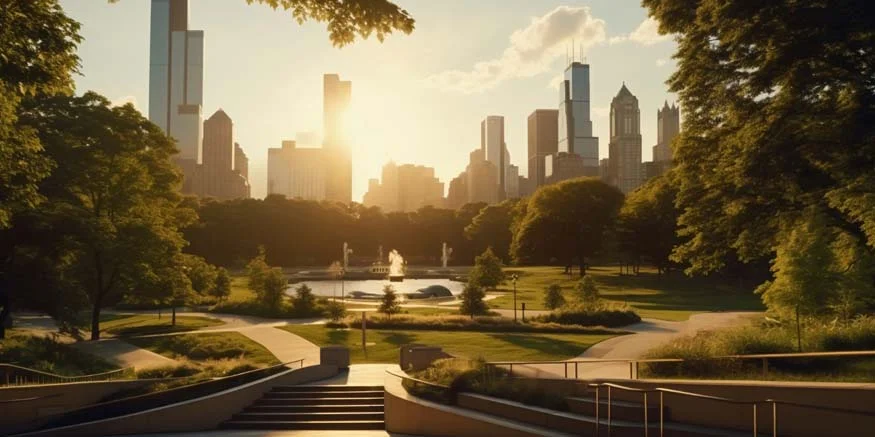In the midst of the constant hustle and bustle of urban life, green spaces in cities serve as peaceful oases. These patches of greenery play a crucial role in improving the quality of life for city dwellers while also supporting the environment. Let’s dive into the many benefits these green spaces provide and why they are so essential for both people and nature.
Health Benefits of Green Spaces
Cities with abundant green areas offer numerous health advantages. Parks and gardens provide residents with opportunities for physical activities, from jogging to sports, promoting overall fitness. Access to these green spaces also has documented mental health benefits, offering a peaceful escape from the pressures of urban living and reducing stress levels.
Also Read: 10 Fitness Activities for Students
Environmental Sustainability
Green spaces are vital for environmental sustainability in cities. Trees and plants help reduce air pollution by absorbing carbon dioxide and releasing oxygen. These areas also help manage stormwater by absorbing rainwater, which reduces runoff and minimises water pollution. Cities like Singapore and Sydney use their green spaces effectively to mitigate the urban heat island effect, keeping their environments cooler.
Social and Community Benefits
Green spaces also play an important role in fostering community ties. Parks and shared gardens serve as gathering spots for people of all ages, promoting social interaction and bonding. This sense of community strengthens the social fabric of cities, contributing to the overall well-being of residents.
Conclusion
In conclusion, urban green spaces are essential for public health, environmental sustainability, and community cohesion. As cities continue to grow, integrating green areas will be crucial for ensuring that both people and nature thrive in harmony.









